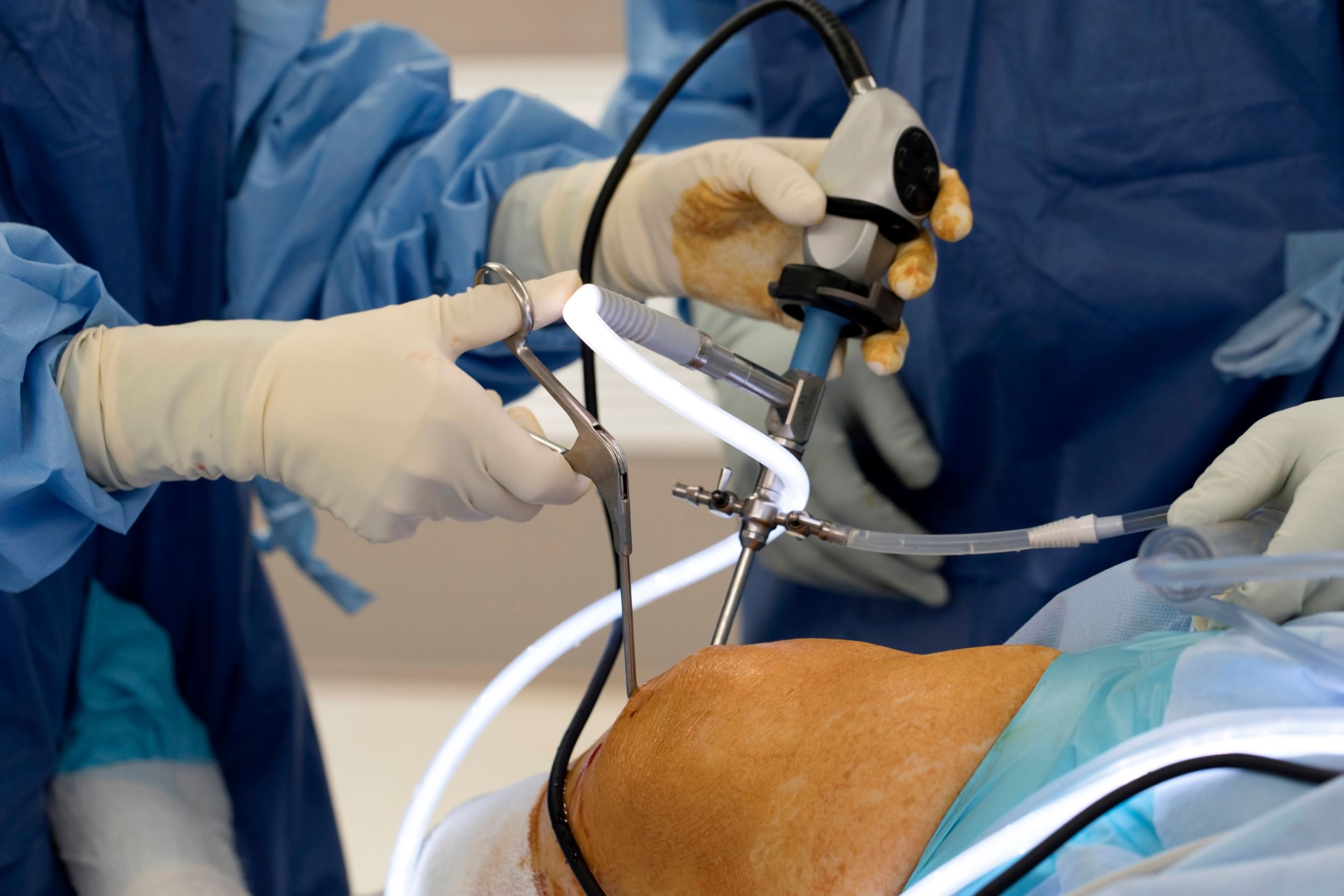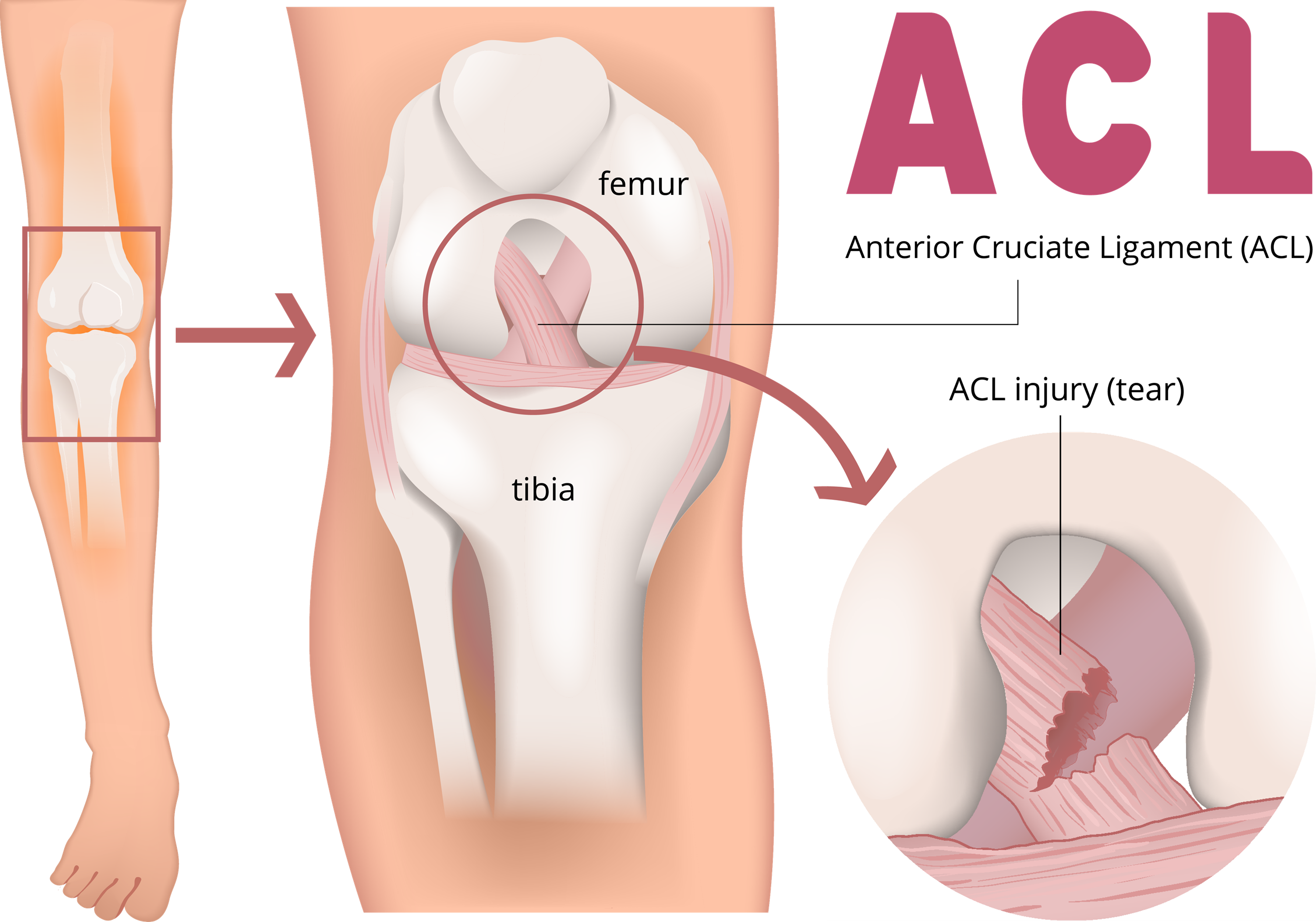Embarking on a new running journey after ACL surgery can be both exhilarating and challenging. To ensure a successful return to the trails, it’s crucial to follow a running program after acl surgery designed with care and expertise. The aim is to rebuild not just the physical strength but also the confidence that may have been shaken by injury. A gradual and progressive plan is essential to avoid re-injury and to adapt to the body’s new dynamics post-surgery.
Starting with low-impact activities such as walking or swimming can help maintain cardiovascular fitness while being gentle on the joints. As strength and flexibility improve, you can introduce jogging at a slow pace for short distances. Remember, consistency is key, but so is listening to your body and allowing adequate rest. The focus should be on proper form and technique to prevent undue stress on the healing ligament.
Throughout your journey, it’s vital to keep in touch with your medical professionals and physical therapists. They can provide personalized adjustments to your running program, ensuring it aligns with your recovery stages. As you progress, incorporate exercises that boost stability, balance, and agility, which are fundamental for runners.
Join the vibrant community at Run Just For Fun to learn more and get started today! Our tailored workouts and support system will guide you through each step of your recovery, offering encouragement and advice from fellow runners who’ve faced similar challenges.
Understanding ACL Surgery and Its Impact on Running

Anterior Cruciate Ligament (ACL) surgery is a common procedure for athletes and individuals who have experienced serious knee injuries. Understanding the impact of ACL surgery on your running capabilities is critical for a safe and effective return to the sport. The surgery involves reconstructing or repairing the ACL to restore stability and function to the knee, which is paramount for activities that involve pivoting, cutting, or jumping motions.
Post-surgery, the knee undergoes a significant healing process. During this time, the ligament needs to re-establish itself within the joint, and the surrounding muscles must regain strength and control. It’s a period characterized by reduced mobility and a heightened risk of re-injury if activities are resumed too quickly or without proper guidance.
Running, in particular, places a high demand on the knee joint, and after ACL surgery, it’s essential to approach your return to running with patience. The impact forces generated during running can be several times your body weight, which means the reconstructed ligament and associated structures must be ready to handle this stress. This is why a carefully crafted running program after ACL surgery, which considers these biomechanical challenges, is indispensable for a safe recovery.
As you move forward, it will be important to continuously monitor knee stability, strength, and flexibility, adapting your running program as your recovery progresses. Doing so will help ensure that when you do return to running, your knee is fully prepared to handle the physical demands of the sport, allowing you to run with confidence and resilience.
Essential Steps Before Hitting the Track Again

Before lacing up your sneakers and hitting the track after ACL surgery, there are several essential steps you must take to ensure a safe and successful return to running. The journey from the operating room to the running path is paved with patience, perseverance, and a series of progressive milestones that must be achieved.
Firstly, consult with your orthopedic surgeon and physical therapist to get a green light for running. They will assess if your knee has healed adequately and if you have regained sufficient strength and stability. It’s imperative to follow their guidance and not rush this process, as doing so could jeopardize your recovery.
Next, engage in targeted rehabilitation exercises to build up the muscles around the knee, particularly the quadriceps, hamstrings, and calf muscles. These exercises are designed not only to support the knee joint but also to improve overall leg strength and endurance, which are crucial for running.
Low-impact cross-training activities such as swimming, cycling, or using an elliptical machine can help maintain cardiovascular fitness without putting undue stress on your knee. Incorporating these activities into your routine can facilitate a smoother transition back to running.
Another key step is to work on improving your balance and proprioception—the body’s ability to sense its position in space. Balance training exercises can help your body relearn how to control and stabilize the knee during dynamic movements.
Finally, ensure that you’re equipped with proper footwear that provides adequate support and cushioning. This can alleviate some of the impact forces transmitted through the knee during running. Assessing and possibly adjusting your running form with the help of a professional may also reduce the risk of future injuries.
By methodically following these steps, you lay a strong foundation for a return to running that is not only safe but also enjoyable, allowing you to once again experience the freedom and joy of the sport.
Tailoring Your Running Program for Post-Surgery Success
Creating a tailored running program after ACL surgery is paramount to ensure your return to running is both successful and sustainable. A one-size-fits-all approach won’t suffice; your running program must be customized to your unique recovery timeline, current physical capabilities, and long-term fitness goals.
Initially, your running program should focus on gradual progression. Starting with walking, then transitioning to light jogging, and eventually to running, allows your body to adapt to the increasing demands safely. The first runs should be short in duration and at a low intensity, with incremental increases as your strength and endurance improve.
Attention to frequency is also critical. Begin with running sessions that are spaced out to allow ample recovery time. Over time, the frequency can be increased, but always listen to your body and adjust as needed.
Integrating strength training and flexibility exercises into your running program will support your knee and enhance overall body function. This includes exercises that focus on core stability, hip strength, and range of motion—all of which contribute to better running mechanics and reduced injury risk.
Monitoring your pain and swelling levels is essential. Some discomfort may be expected, but pain should not be ignored. Swelling and pain are indicators that your body needs rest or that the intensity of your workout may be too high.
Lastly, setting realistic goals and milestones can provide motivation and a sense of achievement. Celebrate the small victories, such as completing a run without pain or reaching a new distance goal. However, avoid the temptation to compare your progress with your pre-surgery abilities or with others. Recovery is a personal journey, and patience is key.
In summary, a running program after ACL surgery should be thoughtfully designed with a focus on slow progression, careful monitoring, and the inclusion of supportive exercises. By tailoring your approach, you can pave the way for a triumphant and fulfilling return to running.
Incorporating Strength Training and Flexibility in Your Comeback

As you rebuild your running routine post-ACL surgery, incorporating strength training and flexibility exercises is a non-negotiable part of the equation. These components are crucial in creating a balanced running program that not only aims to get you back on track but also helps prevent future injuries.
Strength training is vital to enhance the muscles that support your knee joint. Focusing on the quadriceps, hamstrings, calves, and glutes can improve overall leg strength, which is essential for a stable and efficient running stride. Employing exercises like squats, lunges, and leg presses can be particularly effective. However, it’s important to start with lighter weights and gradually increase the resistance as your recovery progresses.
Equally important is flexibility training, which helps maintain a full range of motion in the knee joint and surrounding muscles. This can be achieved through static stretching, dynamic stretching, and yoga. Flexibility exercises should be done after strength training or running, when the muscles are warm, to maximize their effectiveness and reduce the risk of injury.
Another key aspect is incorporating plyometric exercises once you have regained sufficient strength. These exercises help to improve the explosive power needed for running. Examples include box jumps and hop-to-balance drills, which can enhance neuromuscular coordination and agility.
It is essential to remember that each exercise should be performed with proper form to avoid undue stress on the knee. Consulting with a physical therapist or a certified personal trainer who understands the intricacies of post-ACL surgery rehabilitation can provide personalized guidance and adjustments to your strength and flexibility routine.
By integrating strength training and flexibility into your comeback strategy, you’re not only working towards resuming running but also building a foundation for a stronger, more resilient body that is better equipped to handle the demands of your favorite trails and tracks.
Monitoring Progress and Adjusting Your Running Routine

Welcome to the final stretch of your journey back to running after ACL surgery! Monitoring progress and adjusting your running routine are crucial for a safe and successful return to your passion. Keeping a detailed log of your runs, including distance, pace, and any discomfort experienced, will help you and your healthcare professionals gauge your recovery and readiness for increased activity.
As you progress, pay close attention to how your body responds after each run. It’s normal to have some muscle soreness, but persistent joint pain or swelling could be a sign that you’re pushing too hard. It’s essential to listen to your body and recognize these signals. Adjust your running program accordingly, perhaps by scaling back intensity or taking an extra rest day when needed.
Don’t forget to celebrate the milestones, no matter how small they may seem. Every step forward is a victory and a testament to your commitment and hard work. Incorporate variety into your running routine to keep it engaging and to challenge your body in new ways. This could mean alternating between different surfaces, incorporating interval training, or adding gentle hills as your strength and confidence grow.
Remember, returning to running after ACL surgery is a marathon, not a sprint. Patience and perseverance will be your best allies. And as you continue on this path, visit our website to learn more and get started today! Click here. for tailored advice, inspiring community stories, and support that can help you stay motivated and informed throughout your recovery journey.
By closely monitoring your progress and being willing to adapt your running program, you’re setting the stage for a robust and enduring return to the sport. So lace up your shoes, set your sights on the horizon, and get ready to rediscover the joy of running with every stride you take towards fitness freedom.


